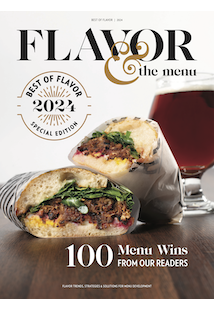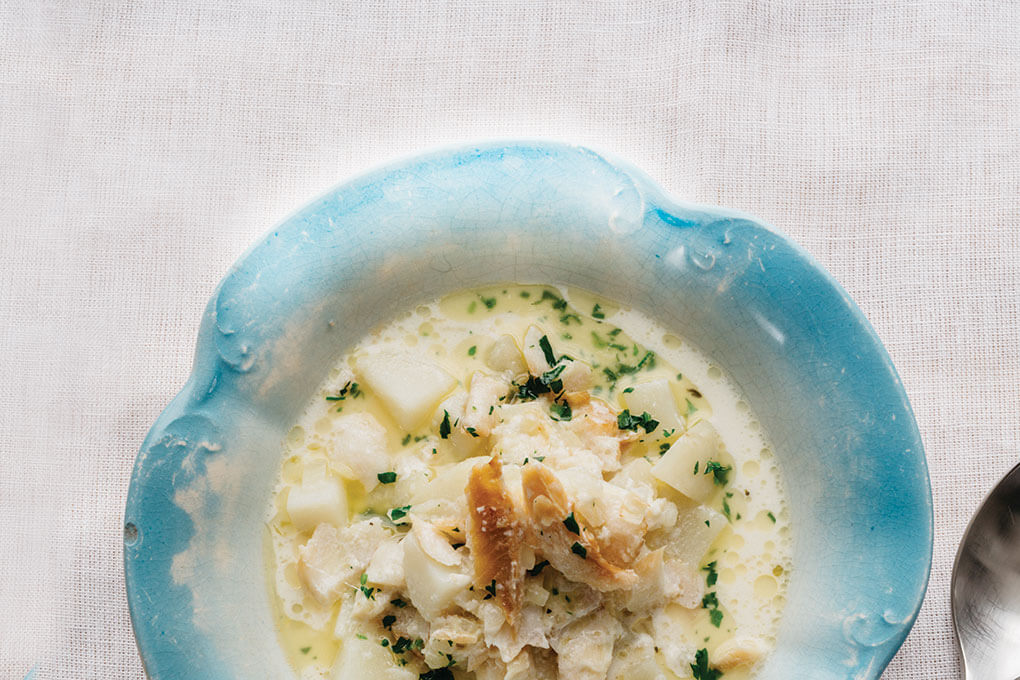The MSC-certified FAS haddock fillets thawing in your walk-in next to the fresh salmon farmed in a BAP-certified facility has an MBA “Good Alternative” rating based in part on NOAA’s NMFS FSSI.
That sentence proves there are almost as many sustainable seafood acronyms floating around as there are fish in the sea. Navigating seafood certification terms can get rocky. Here is a breakdown of prevalent sustainable seafood programs and how they might play on your menu.
ASC = Aquaculture Stewardship Council
ASC developed standards for responsible water farming practices. It sets requirements for environmental preservation, animal health and working conditions. Regional partners assess and certify that a seafood operation stands up to ASC’s guidelines. Over 400 farms worldwide operate according to ASC standards. While you may not currently encounter many ASC-certified products, watch this space.
BAP = Best Aquaculture Practices
BAP certification covers points along the farmed seafood supply chain: fish and shellfish hatcheries and farms, feed mills, and seafood processing plants. At each point, facilities are assessed for environmental and social responsibility, animal welfare and food safety. To date, 415 processing plants, 220 hatcheries, 118 feed mills and 1,534 farms producing 29 species of seafood have been BAP certified. From a purchasing standpoint, BAP applies a star-system rating to products. A two-star rating means both the farm and processing plant are BAP certified. If the seafood originated at a BAP-hatchery and/or is fed product from a certified feed mill, the product earns three or four stars.
MSC = Marine Stewardship Council
The MSC blue fish eco-label certifies the sustainability of wild fisheries: the fishermen, their boats and fishing gear, and the processors bringing them to market. Once MSC determines a fishery is operating sustainably—the fish population is healthy, its gear is not adversely affecting the environment, and responsive management practices are in place—products from that fishery can carry the MSC eco-label. There are 38,000 consumer outlets in MSC’s network of traceable seafood suppliers.
MBA = Monterey Bay Aquarium Seafood Watch Program
Seafood Watch is a sustainable seafood advisory listing. Based on environmental science data about wild fisheries and information that plays into responsible aquaculture, Seafood Watch assessments result in final traffic-light-like ratings: green means go ahead and eat it, yellow means proceed cautiously with consumption, and red means stop eating it.
NOAA Fisheries = National Oceanic and Atmospheric Administration’s National Marine Fisheries Service
NOAA Fisheries is responsible for the stewardship of the country’s marine resources. It manages fisheries to promote sustainability and prevent lost economic potential due to overfishing and degraded habitats. NOAA Fisheries maintains a database of fishery information on FishWatch.gov for chefs interested in verifying facts about sustainable seafood.











